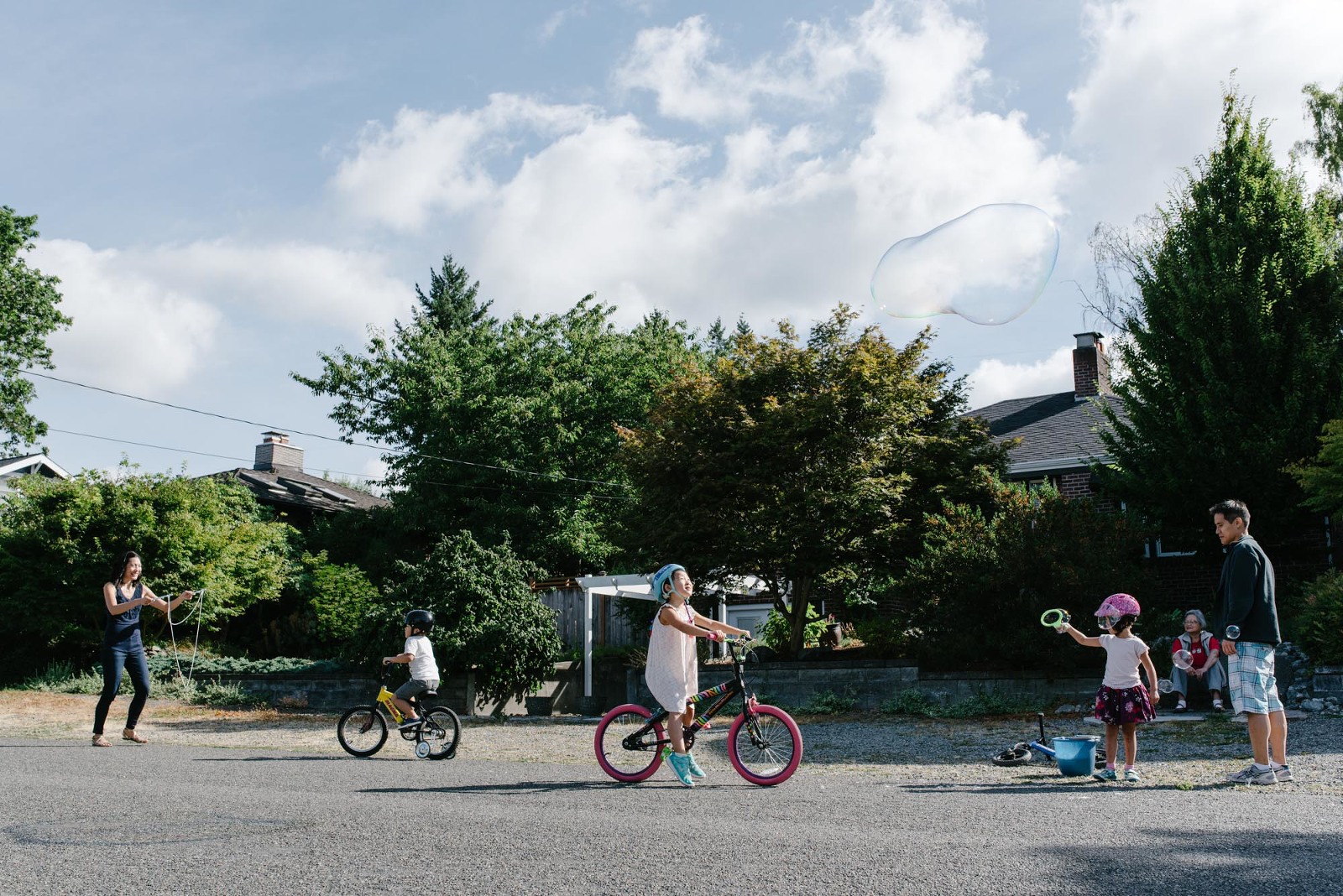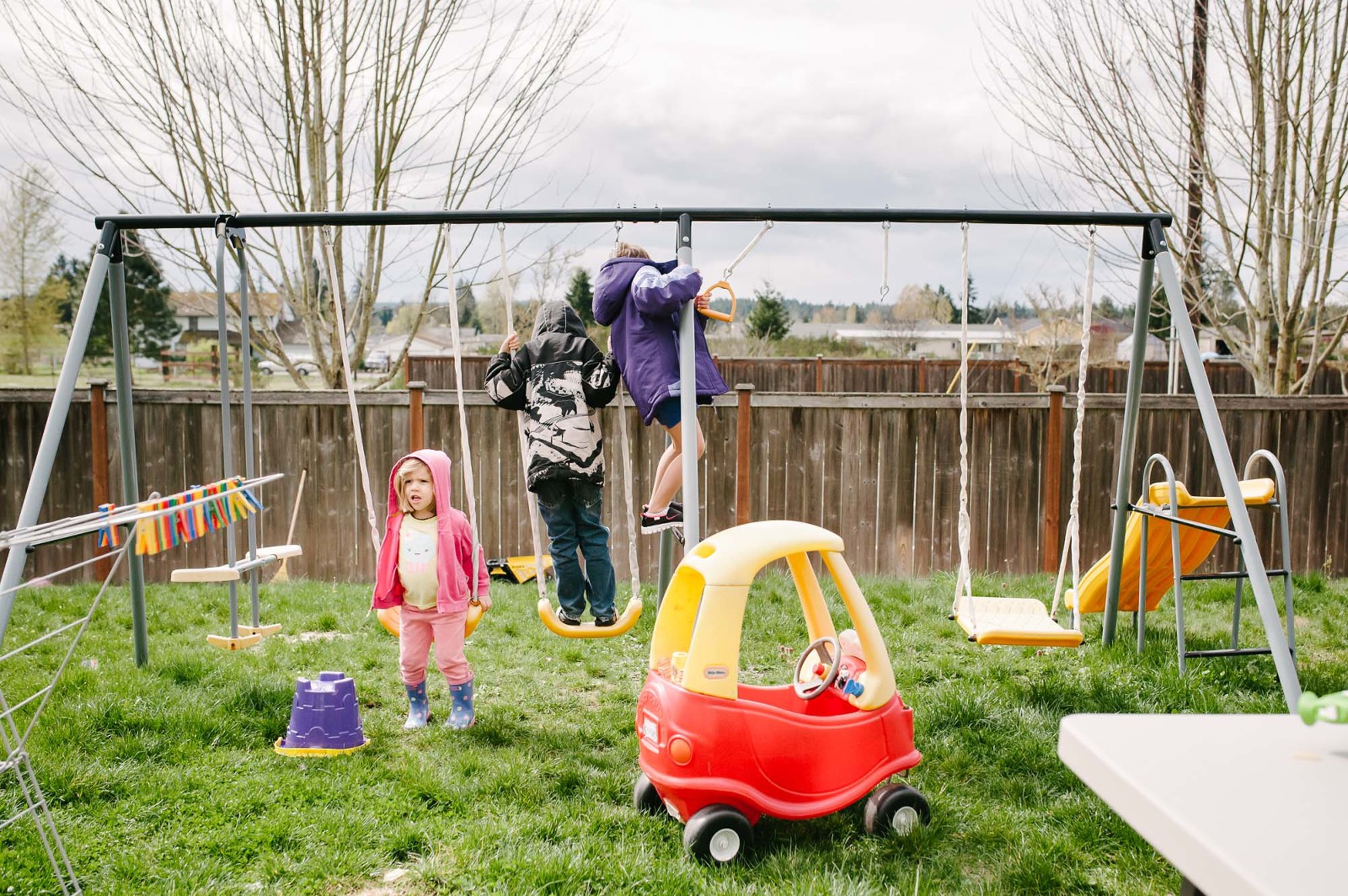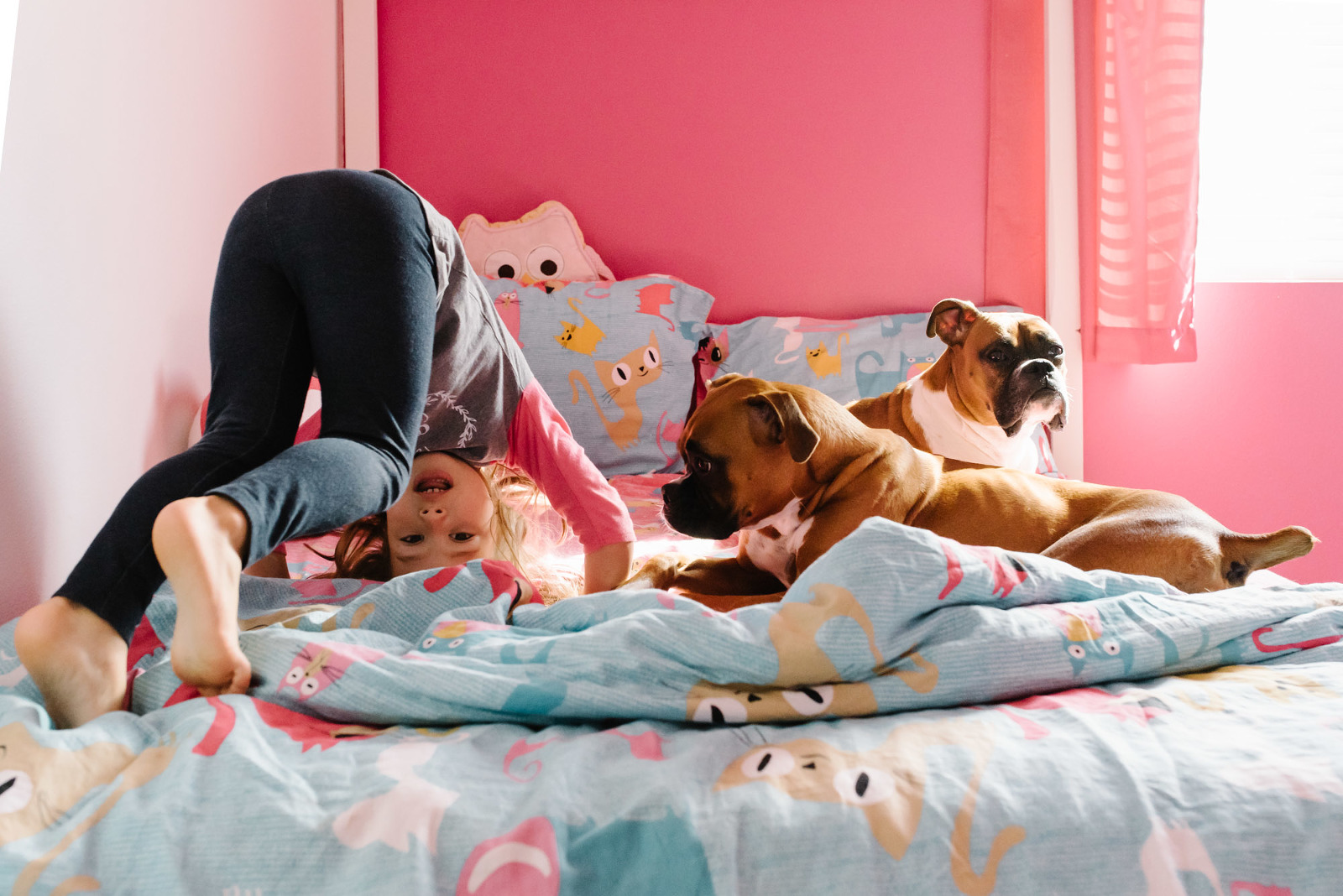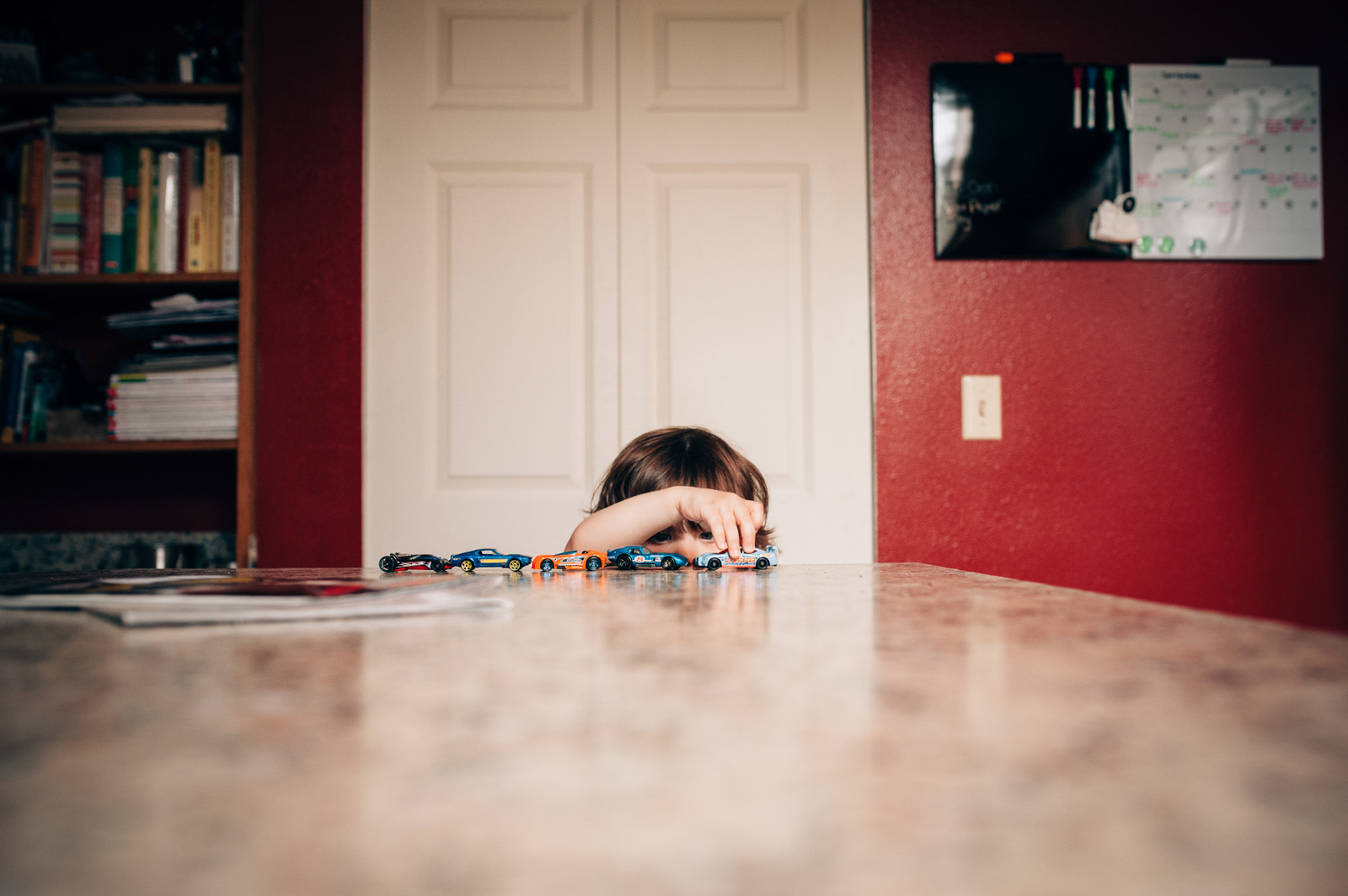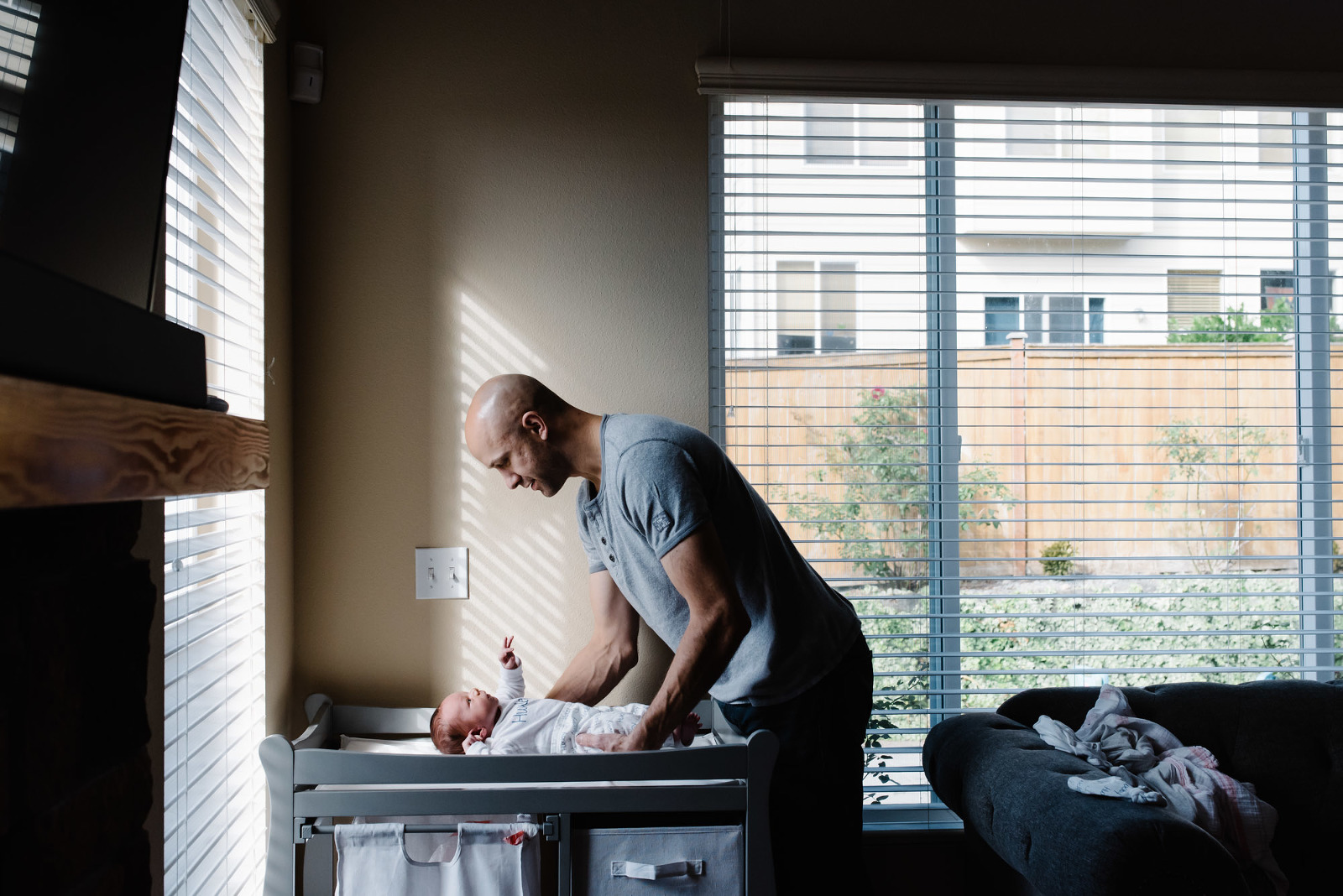Over the years I have had various friends ask me for recommendations on buying a new camera, specifically a new DSLR. Every year, every time, my answer has always remained the same. “I shoot with a Nikon and I love it. Canon is the other industry standard. You really can’t go wrong with either one. What I really recommend you do, is take a class.”
Of course, not everyone has the money to take a class or the time to read an in-depth book. And frankly, what I have seen on the internet isn’t always super helpful either. Many of the blog posts I have seen either assume you already have knowledge of photographic terms and lingo or they just offer tips like: “Use window light” or “Open your aperture all the way”. Generally, those are great tips but sometimes you don’t have a window and opening your aperture all the way isn’t always the best option. So I want to do something different. Over several posts I want to actually teach you how to use your camera and evaluate light so that you can recognize and solve potential problems.
The first thing you need to understand is this hard truth:
You don’t need an expensive camera to take a good picture and you don’t need a cheap camera to take a bad ones.
Case in point, meet my dog, Bennet….


In both series shot A was taken with a Cannon Powershot SD 1000, shot B was taken with a Nikon D3100, and shot C was taken with a Nikon D700. All of these photos were shot as JPEGs and on automatic with default metering and focus settings, so I was letting the camera do all the thinking for me. All of these photos are straight out of the can (camera), then simply resized for web resolution.
The first row of photos was taken in great light. This was taken near my front storm door but slightly off to the side and in the shadow, making the light diffused and avoiding harsh shadows on Bennet’s face. All in all, a technically decent photo but not outstanding by any means. Here is what you really need to notice. The color quality and sharpness between the three cameras is not drastically, magically different.
The second series was take right next to my front door which was getting nasty direct sunlight at the moment. Look at all those gross shadows. In shot B of series 2 Bennet had turned just enough for all the shadows to trip the on-camera flash. So you will notice that shot looks better, but the shadows are still distracting and the image just doesn’t look natural.
(I should also briefly note that shot C in both series looks a little different in scale than the other two. The D700 is a full frame, or FX, camera, whereas the D3100 is a DX, or crop frame, camera. DX cameras use a cropped frame in order to improve the processing speed and available memory on the camera itself. More on FX vs DX here.)
Sure, in the grand scheme you are going to automatically get some better photos on your DSLR because it has a better light sensor and can preform better in low light, but it is still not going to automatically or consistently give you great photos. The real difference between an DSLR and a point and shoot camera is how much you can control the basic mechanics of the camera. Think of it this way. You can buy the best HD TV that exists, but if you never bother to look at the TV listings and change the channel, you are probably going to end up watching some pretty crappy programming because the TV is stuck on whatever channel it was set to at the factory. Same thing goes with the camera. If you let the camera do all the thinking for you, the best you can hope for is consistent mediocrity.
So in order to take control of your camera the first thing you need to understand is exposure. In a very general way exposure often refers to the overall technical quality of the image. More specifically though, it refers to how much exposure your light sensor had to the image coming through the lens of your camera. If an image is overexposed, the scene in front of your lens has been exposed to too much light thus blowing out the details in the image captured on camera. (See the second series of photos where Bennet’s white fur has lost all it’s detail.) If an image is underexposed there is not enough light illuminating the scene and your image will be dark. (See the shadowed half of Bennet in the second series of photos.)
The camera’s sensitivity to light and the amount of light let in, is controlled by three functions; ISO, Shutter Speed, and Aperture. Additionally, there are different methods for your camera to read the light in a scene. These methods are called metering modes.
Each of these elements as well as a brief some brief guidance on evaluating available light, will be covered in an upcoming post, and in an order that will allow you to effectively experiment and understand each element through practice.
Understanding these elements and putting them in to practice means you can create images that are planned and have impact. Here is Bennet, straight out of the camera, in that same nicely lit corner when I am shooting in manual. Following that is a final edited version of the same shot.


